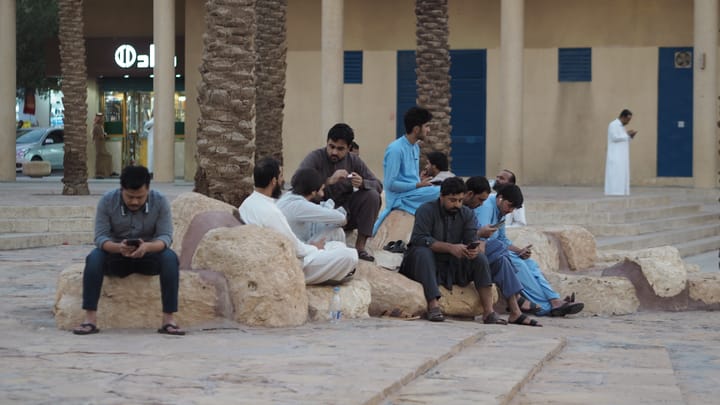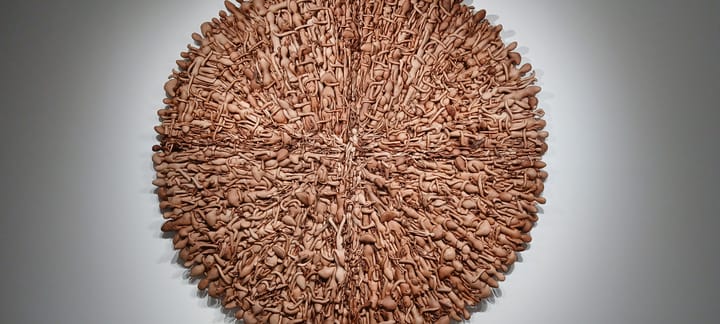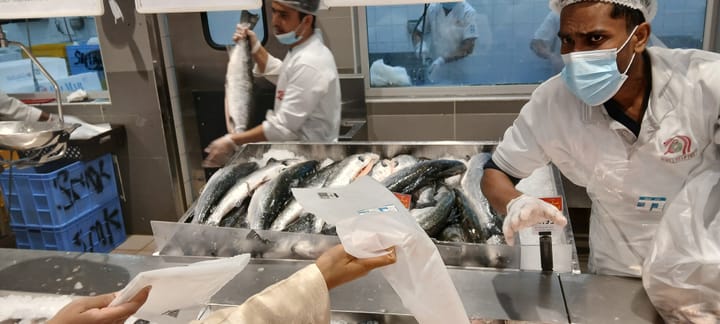KSA's 30 years of reunification 1902–1932, Al Masmak most resembles a castle, & stinky cycling
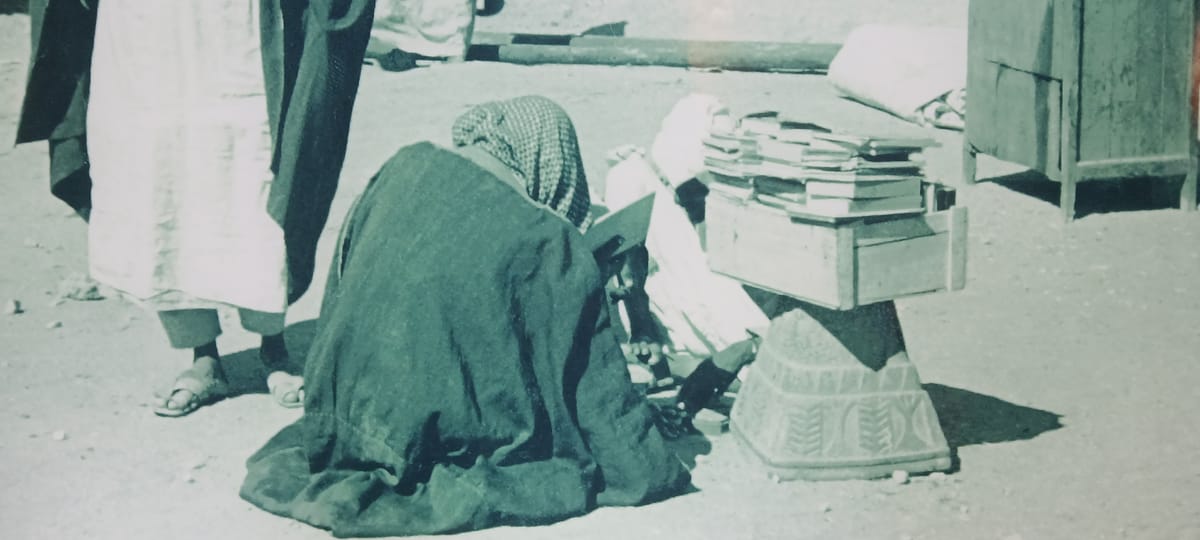
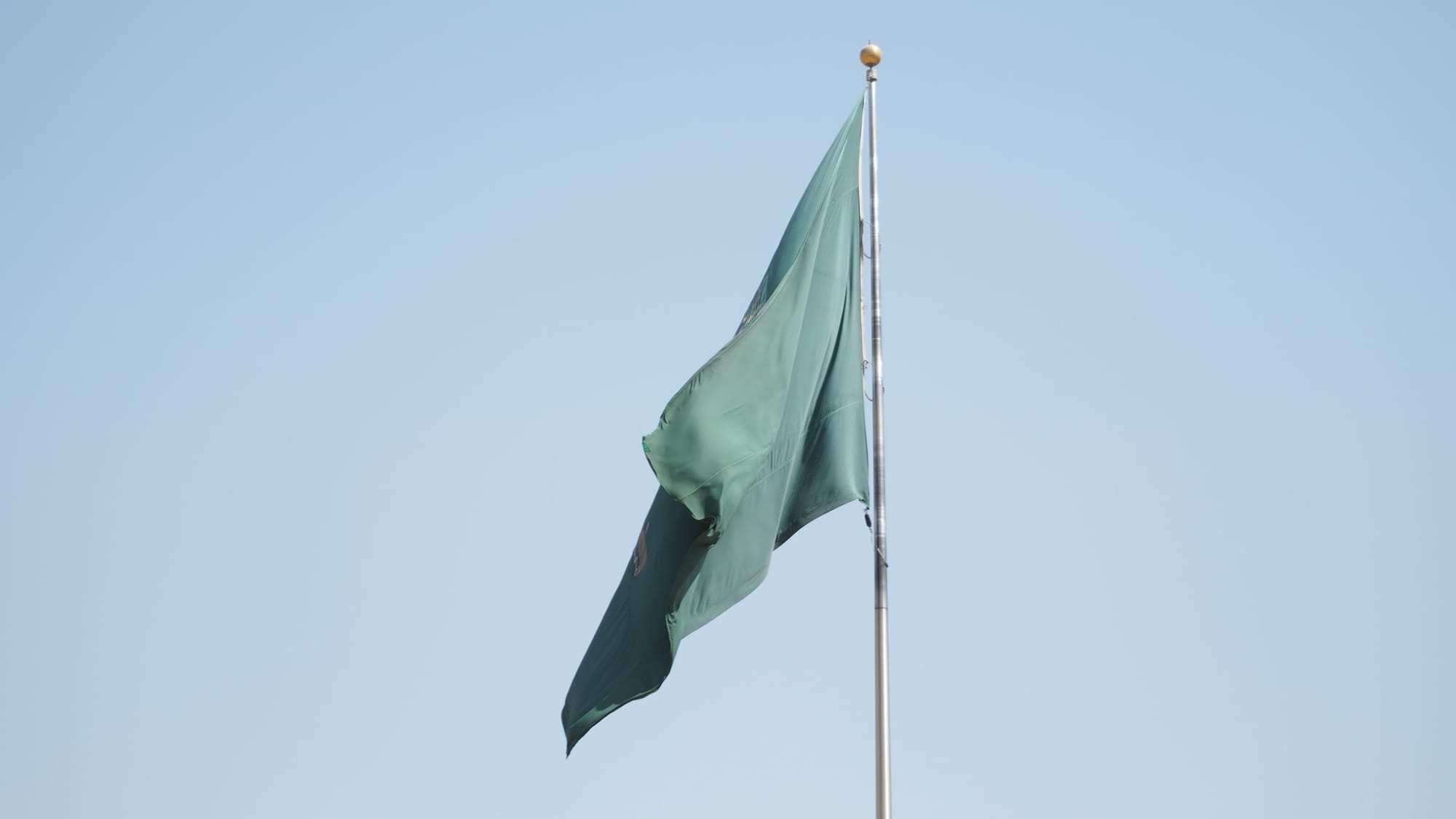
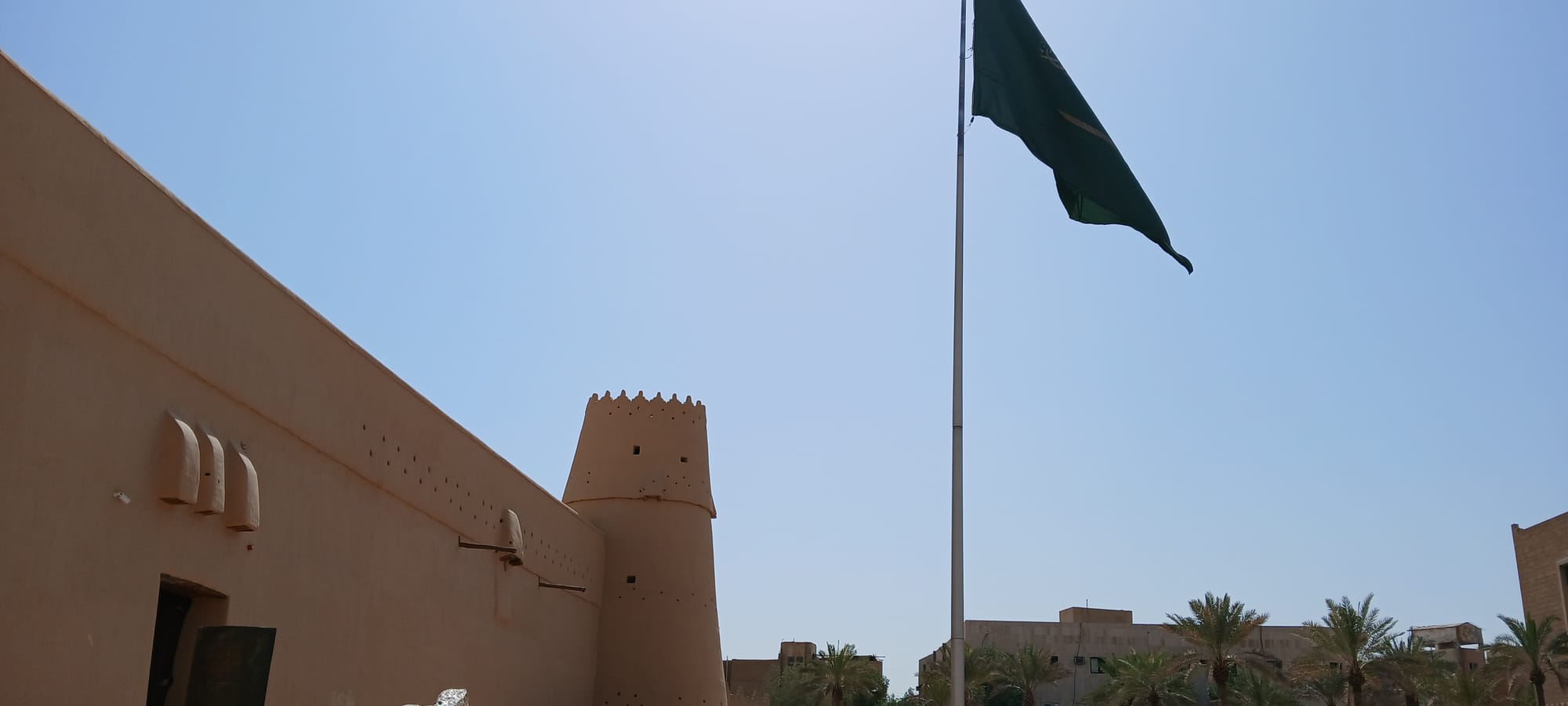
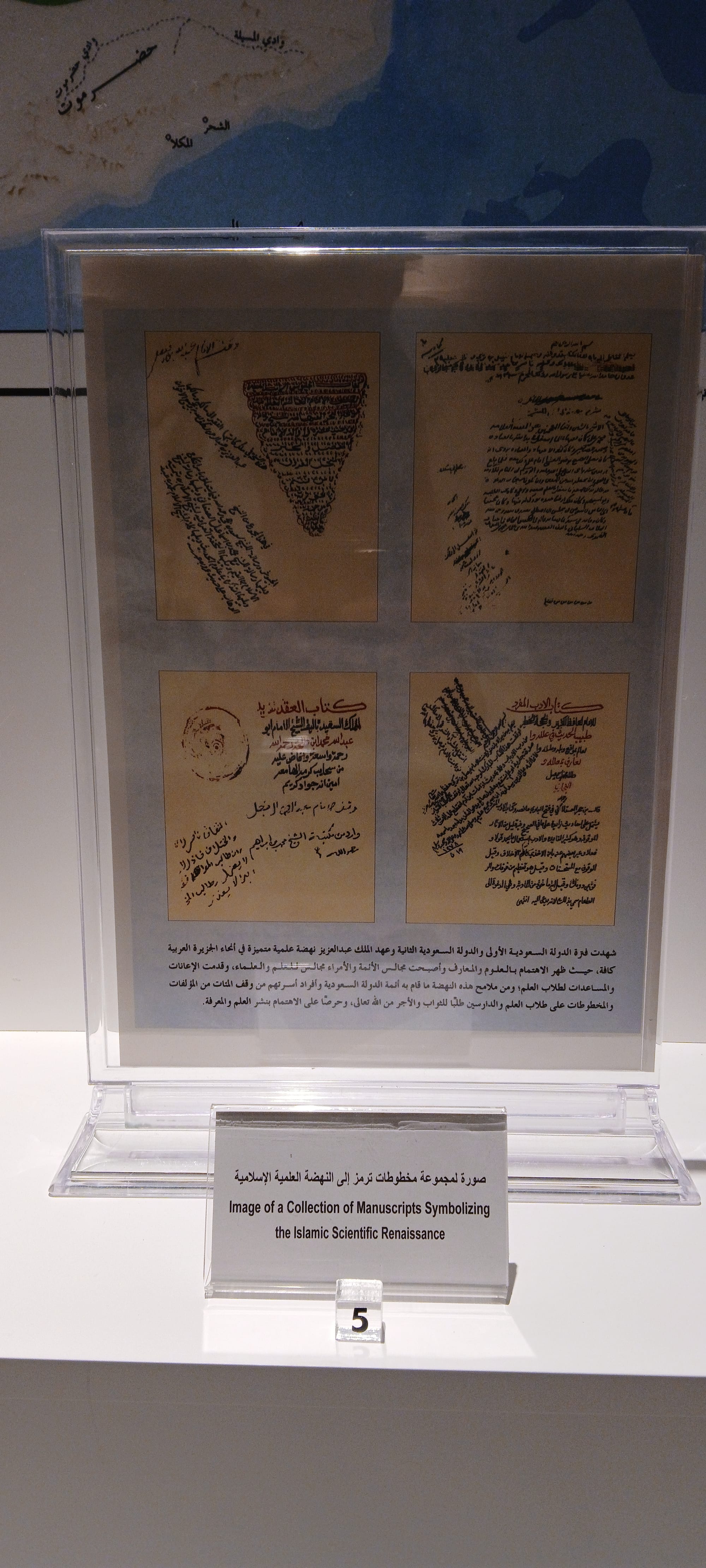
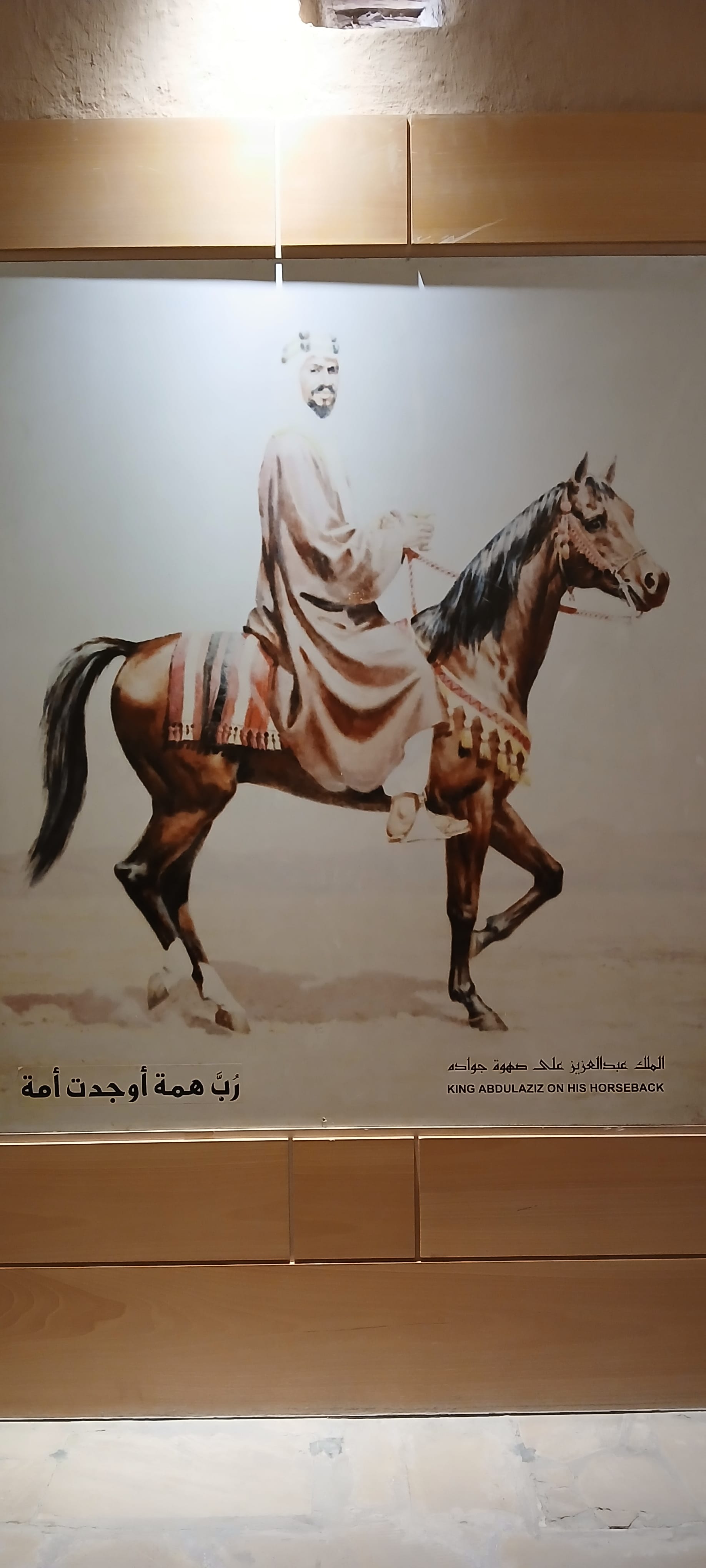
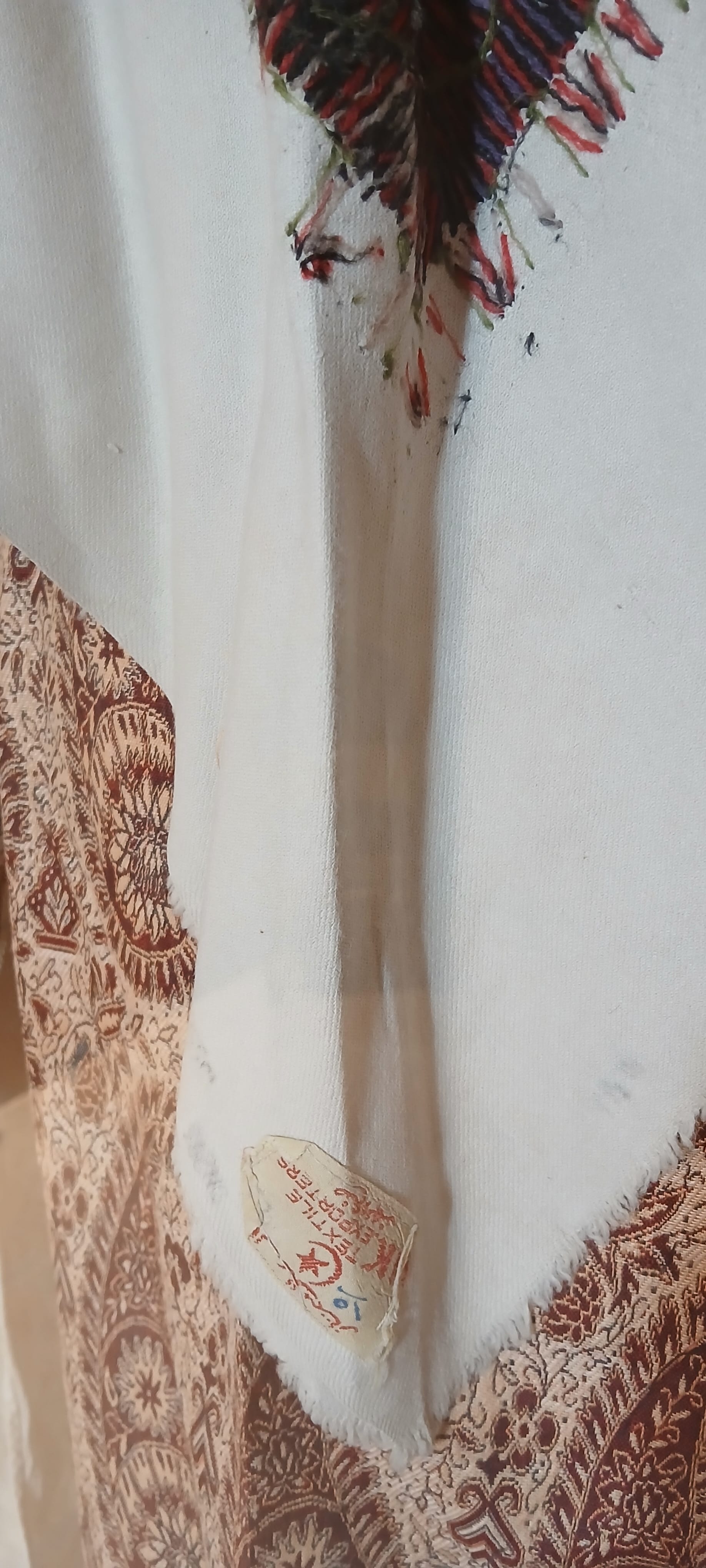
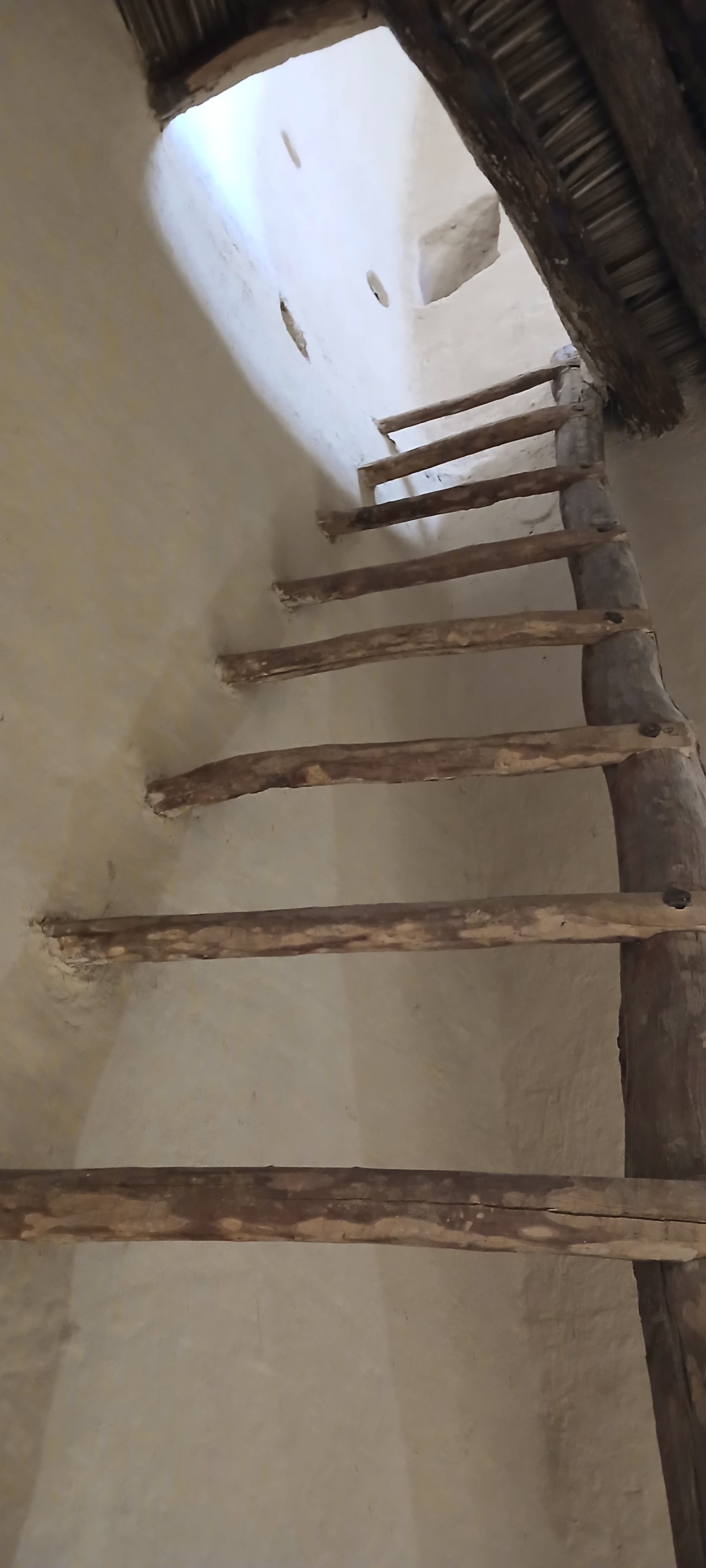
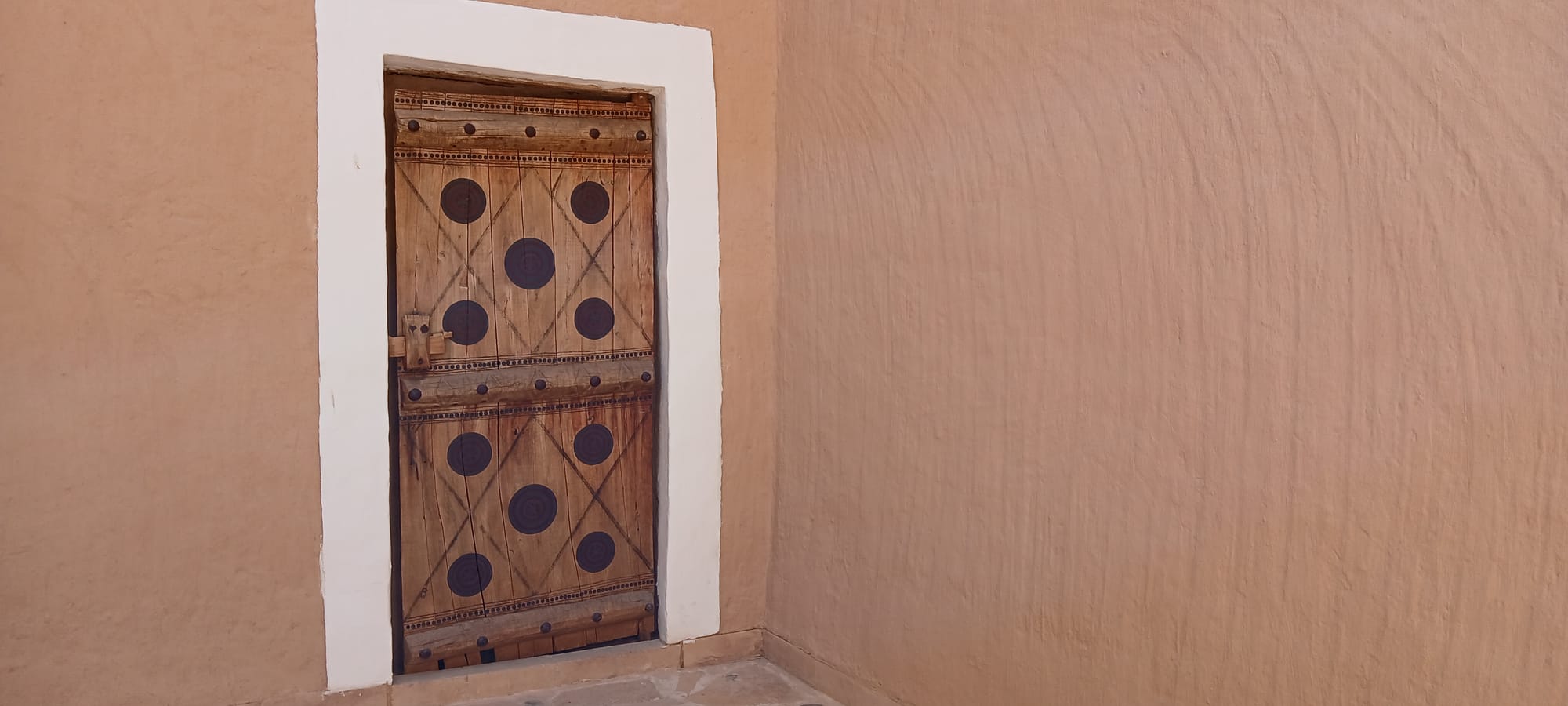
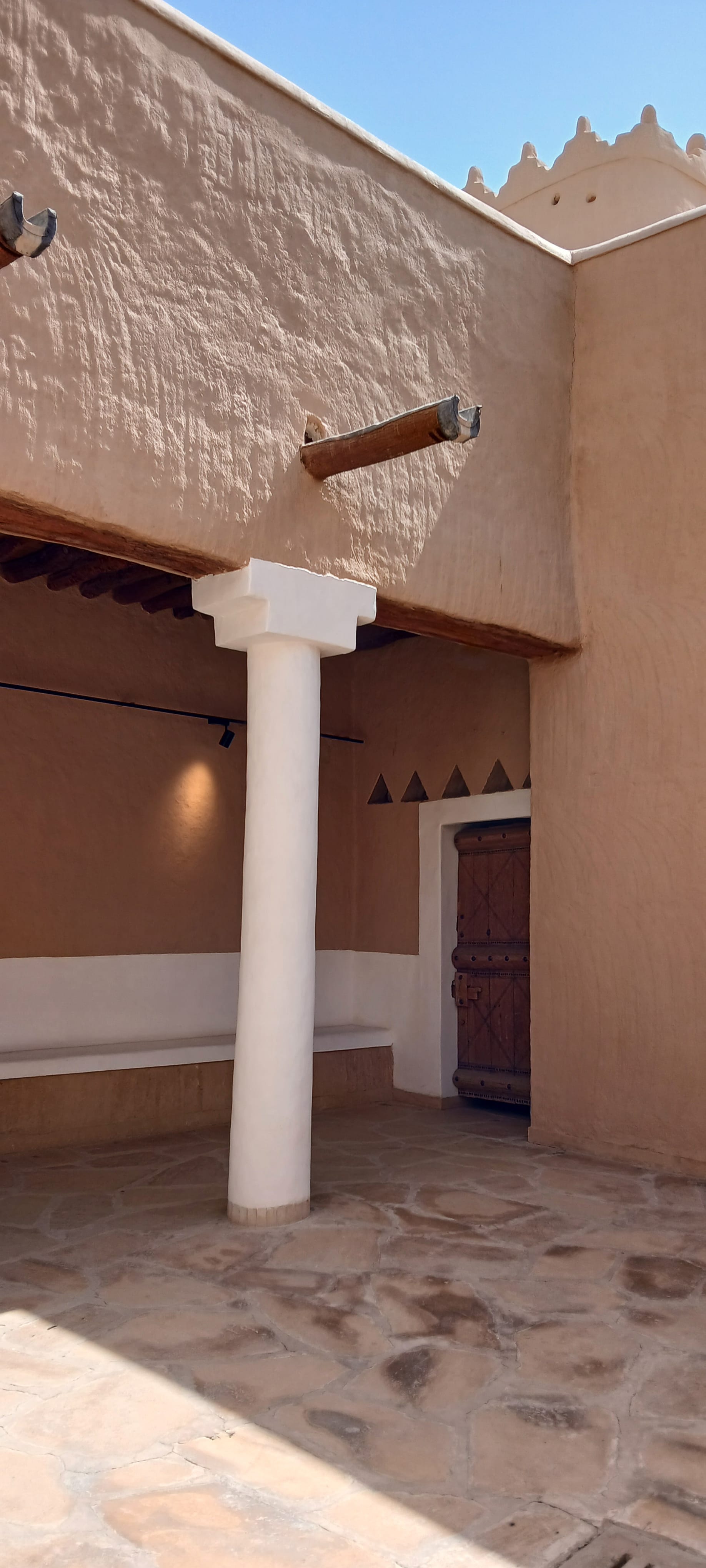
- several things worth noting: the reference to the Islamic Scientific Renaissance; King Abdulaziz whose rule led to reunification (presumably the first time was under the political and religious leadership of Muhammad (مُحَمَّد-note no capitals in Arabic) (20 April 571–8 June 632, aged 61), pbuh; the ladder rungs lead to the top of one of four towers placed symmetrically at all four corners
Al Masmak contained an exhibition dedicated to the emblem of Saudi Arabia, adopted in 1950, of two crossed swords, denoting the Kingdom of Hejaz (see link) and the Sultanate of Najd (land of triangles), with a palm tree, symbolising growth and prosperity and delicious dates, from which once tasted fresh there's no going back (the season is about to end here; but we are assured they will be available all year round). I loved the texts so much I photoed two of them (think of them not only in connection with the emblem but also with the scribe above):
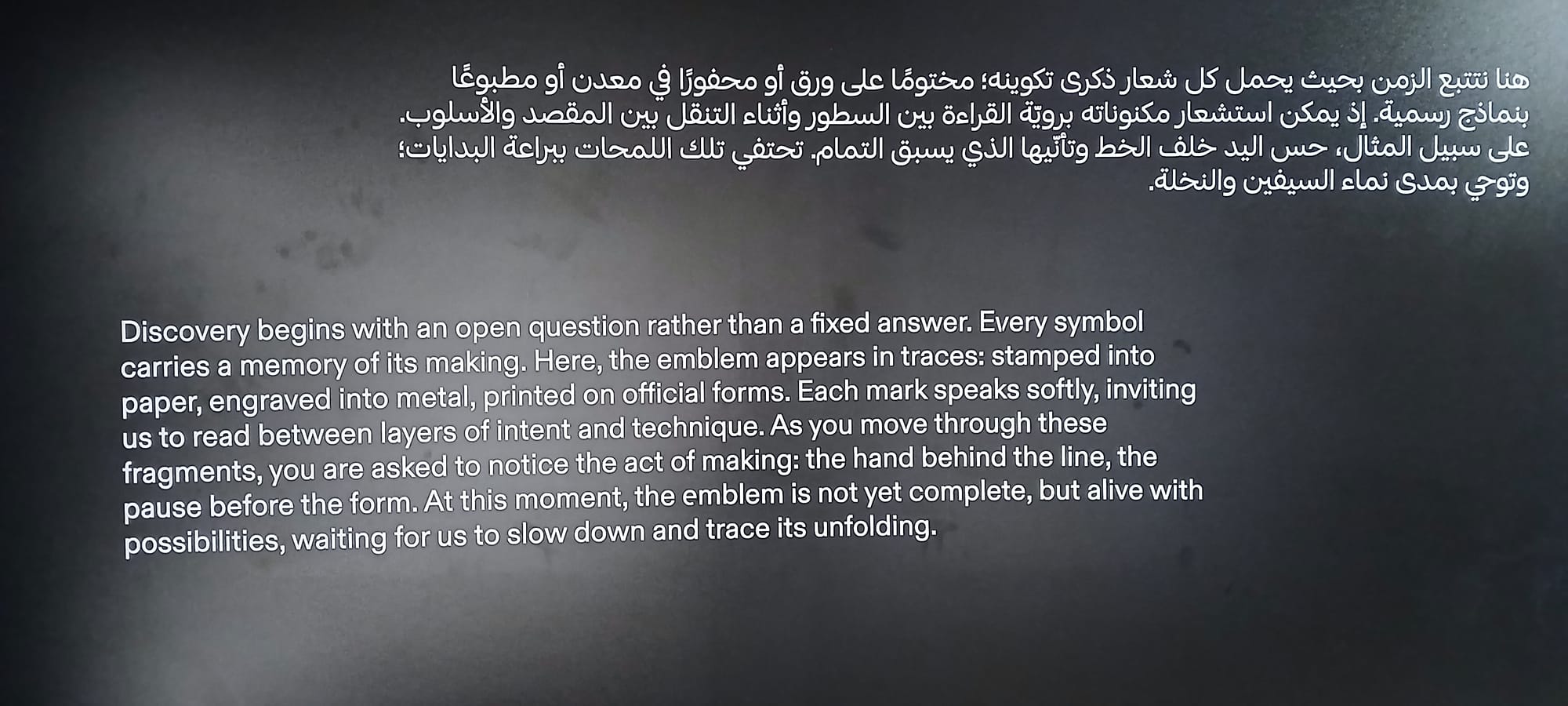
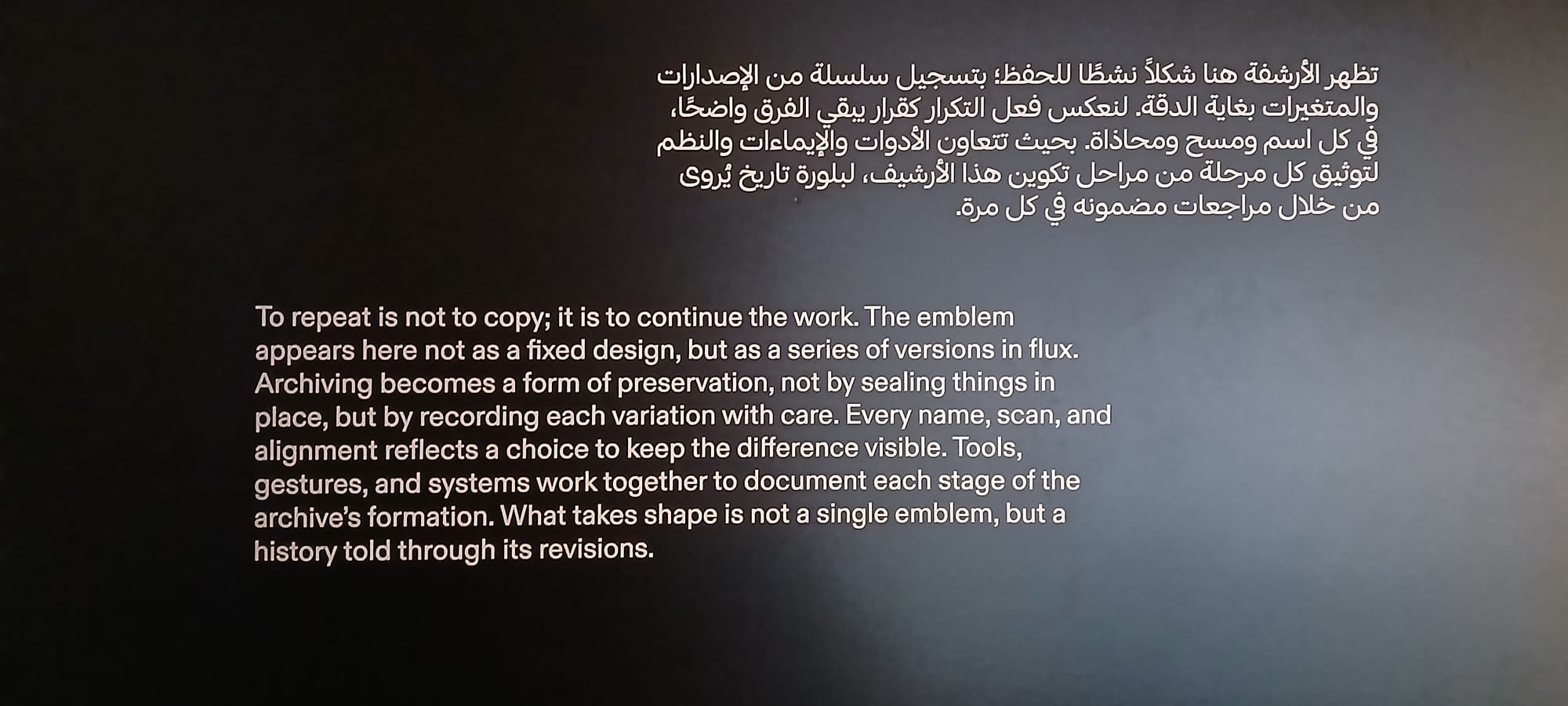
. . . these could be passages from Gilles Deleuze's Difference and Repetition, published in French in 1968 and in English translation 1994. . . There is something Levrero-esque about them too.
And here the emblem plunges into the chasm of difference in itself, the deep, aka tehom or time which exists, creates and is outside, upon which the social space is a mere imposition, a religious, political and historical accident. . .
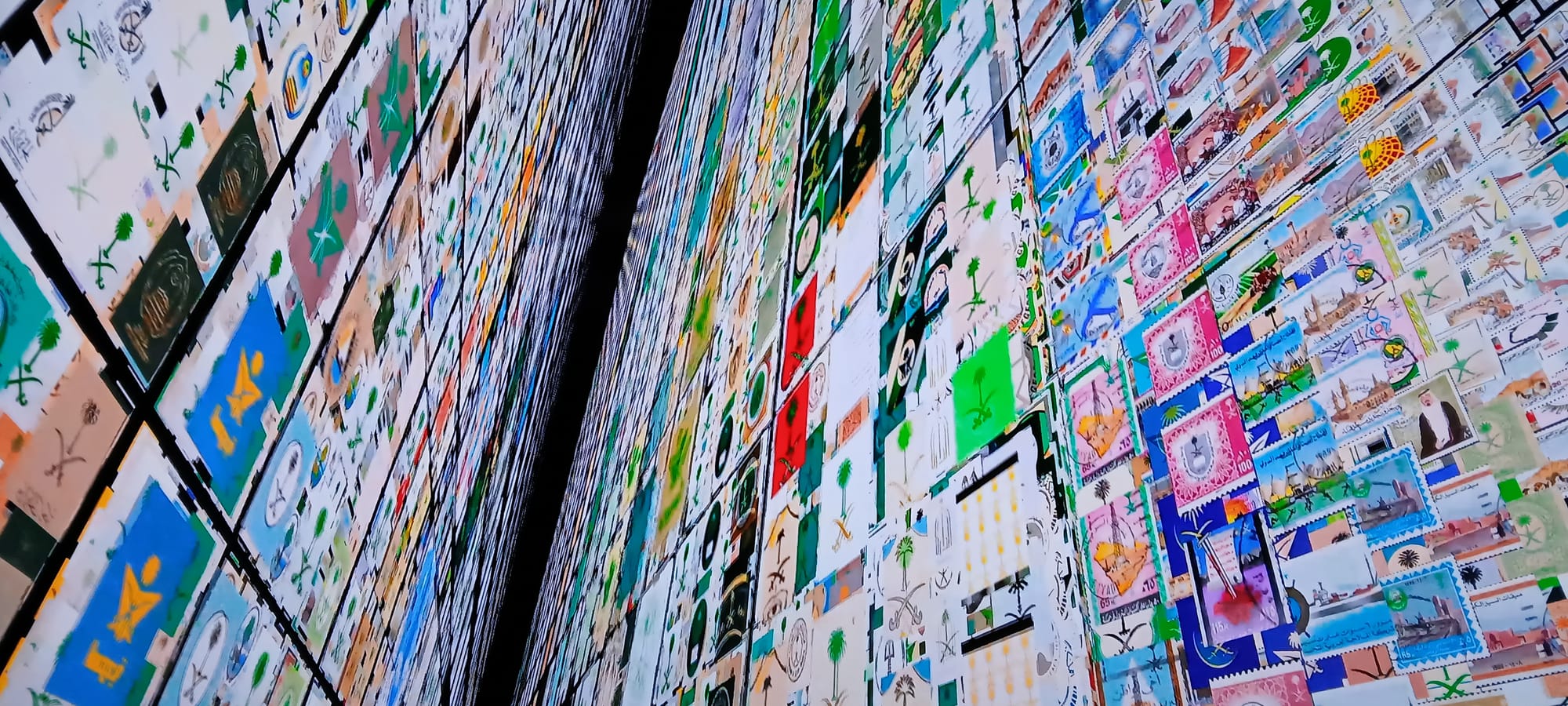
in the environs:
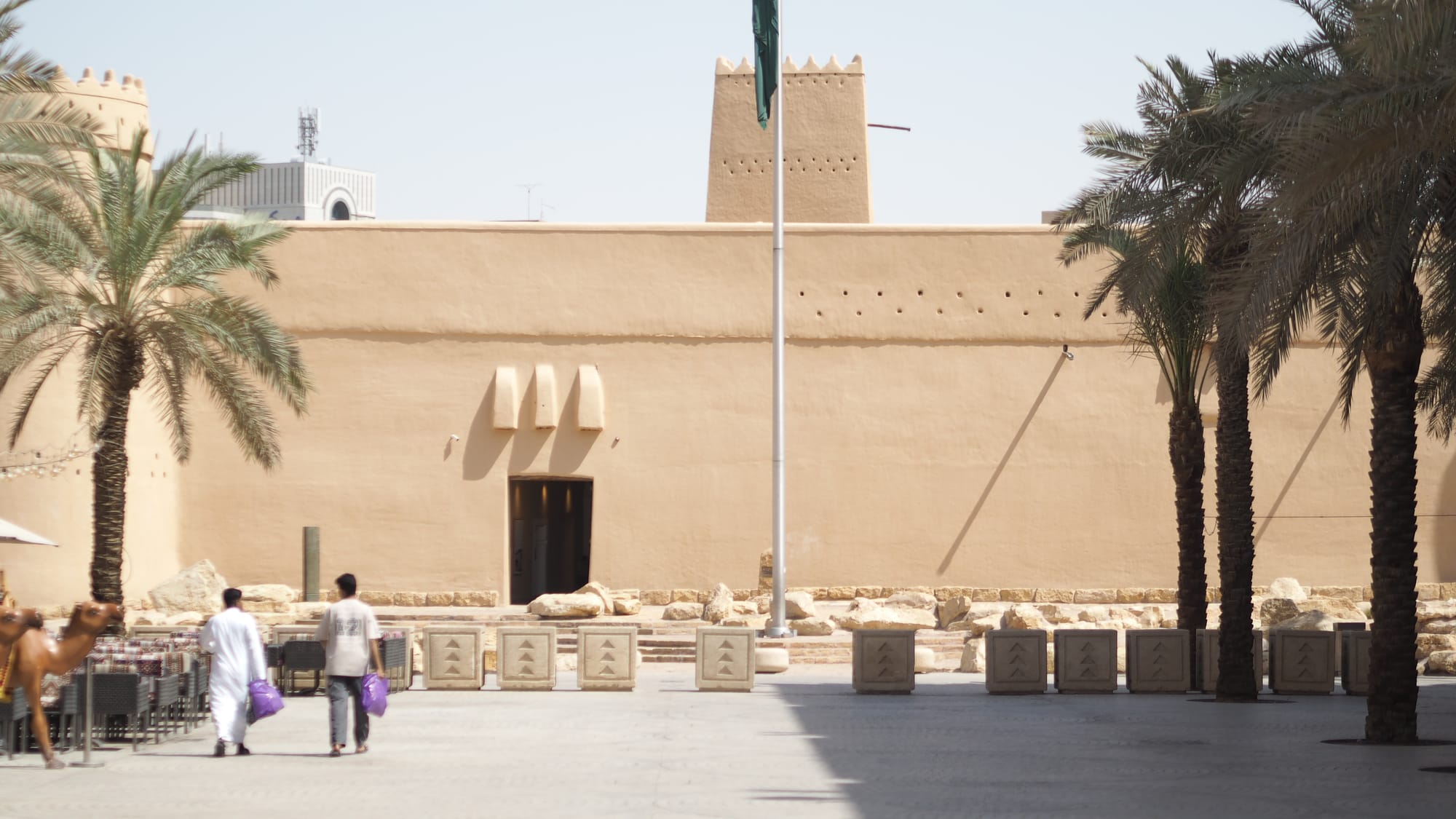
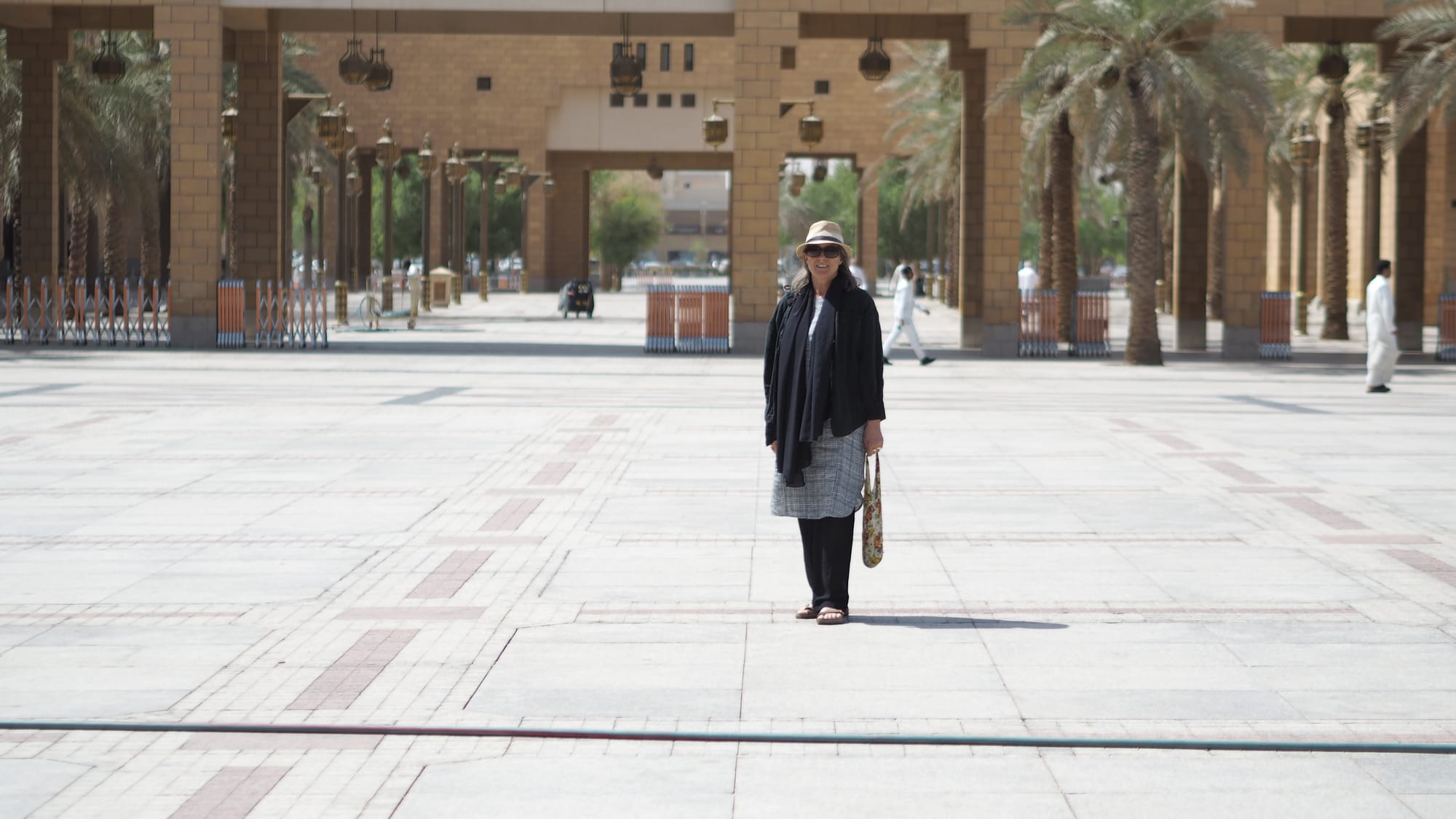
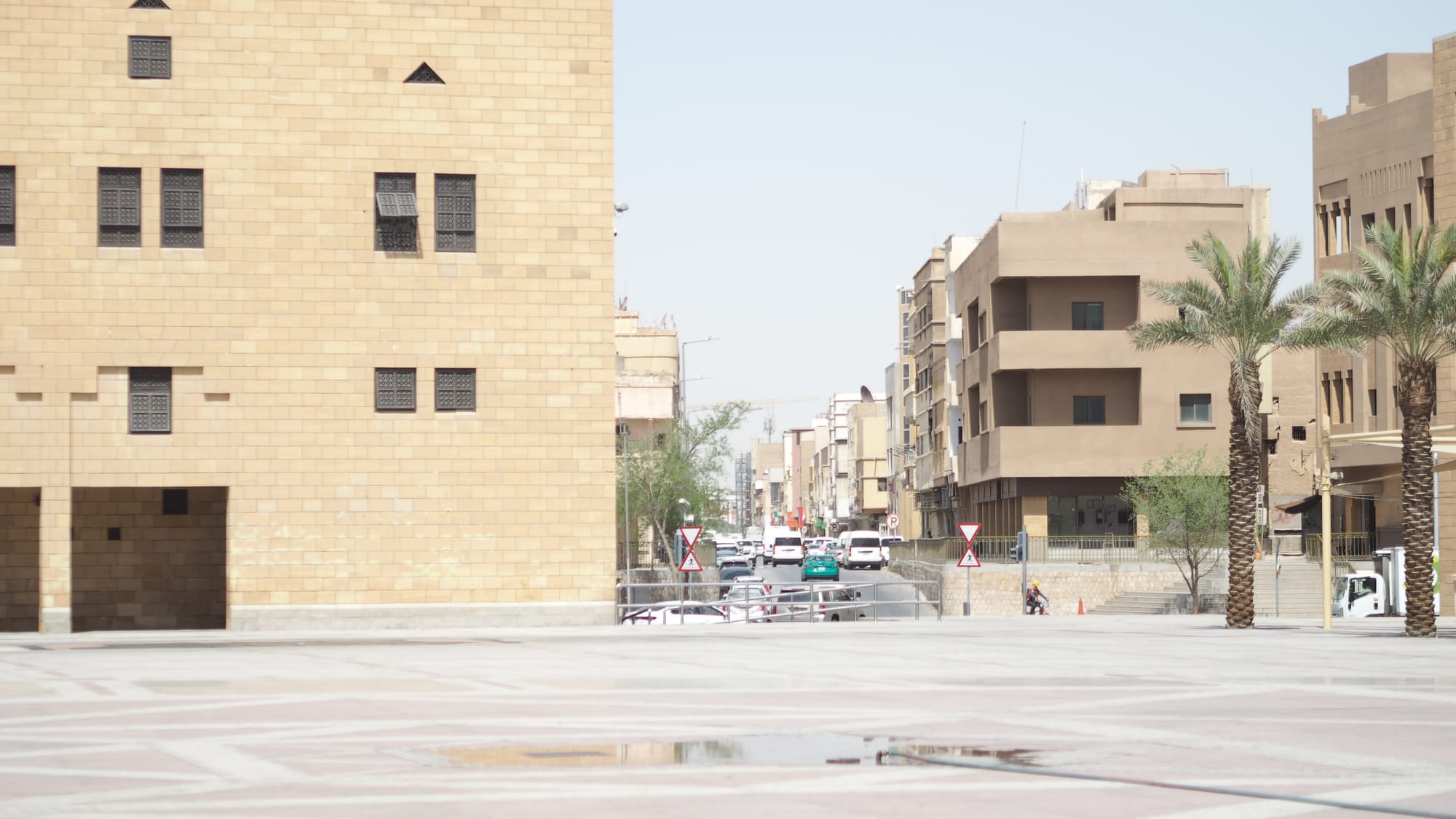
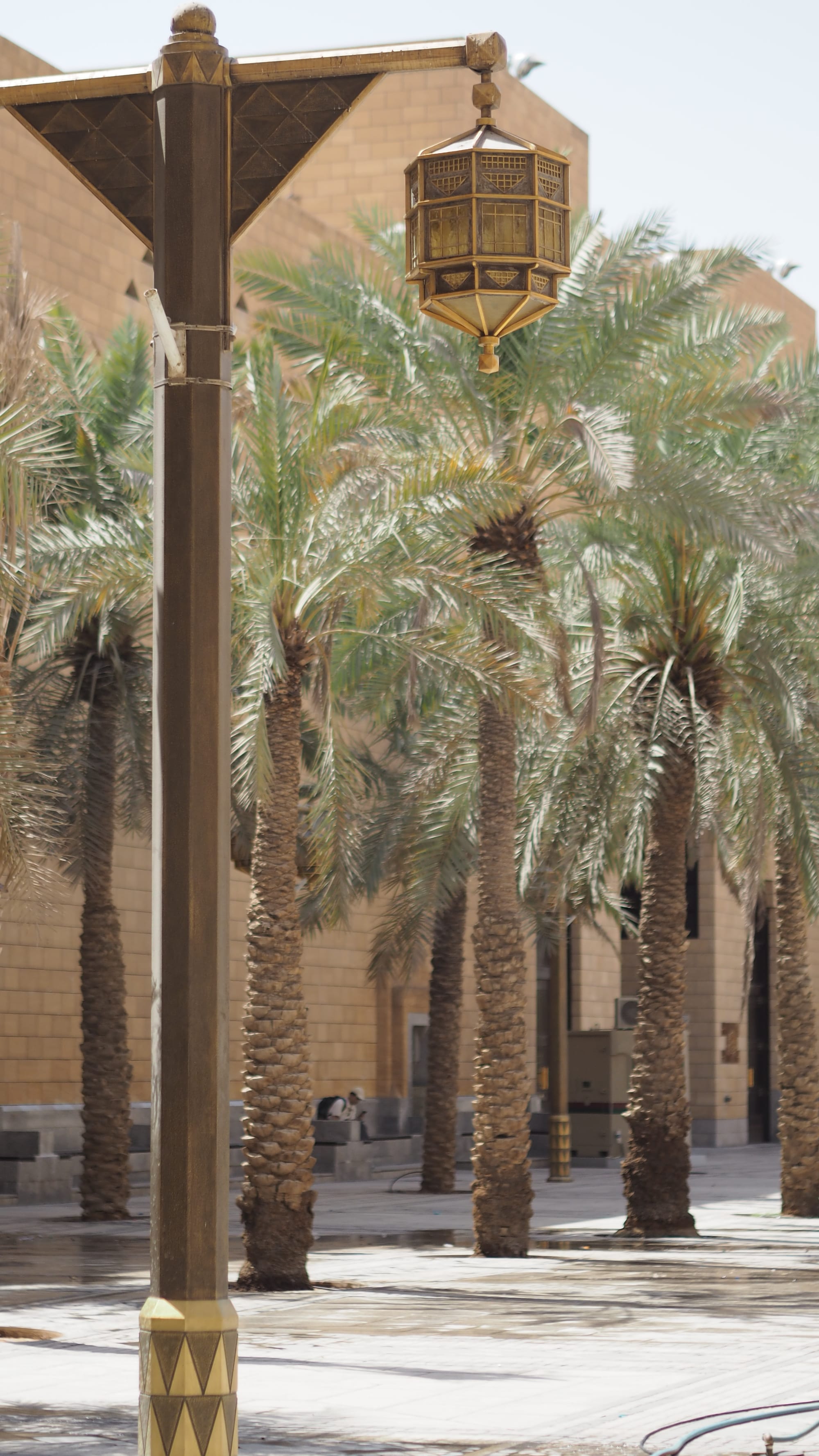
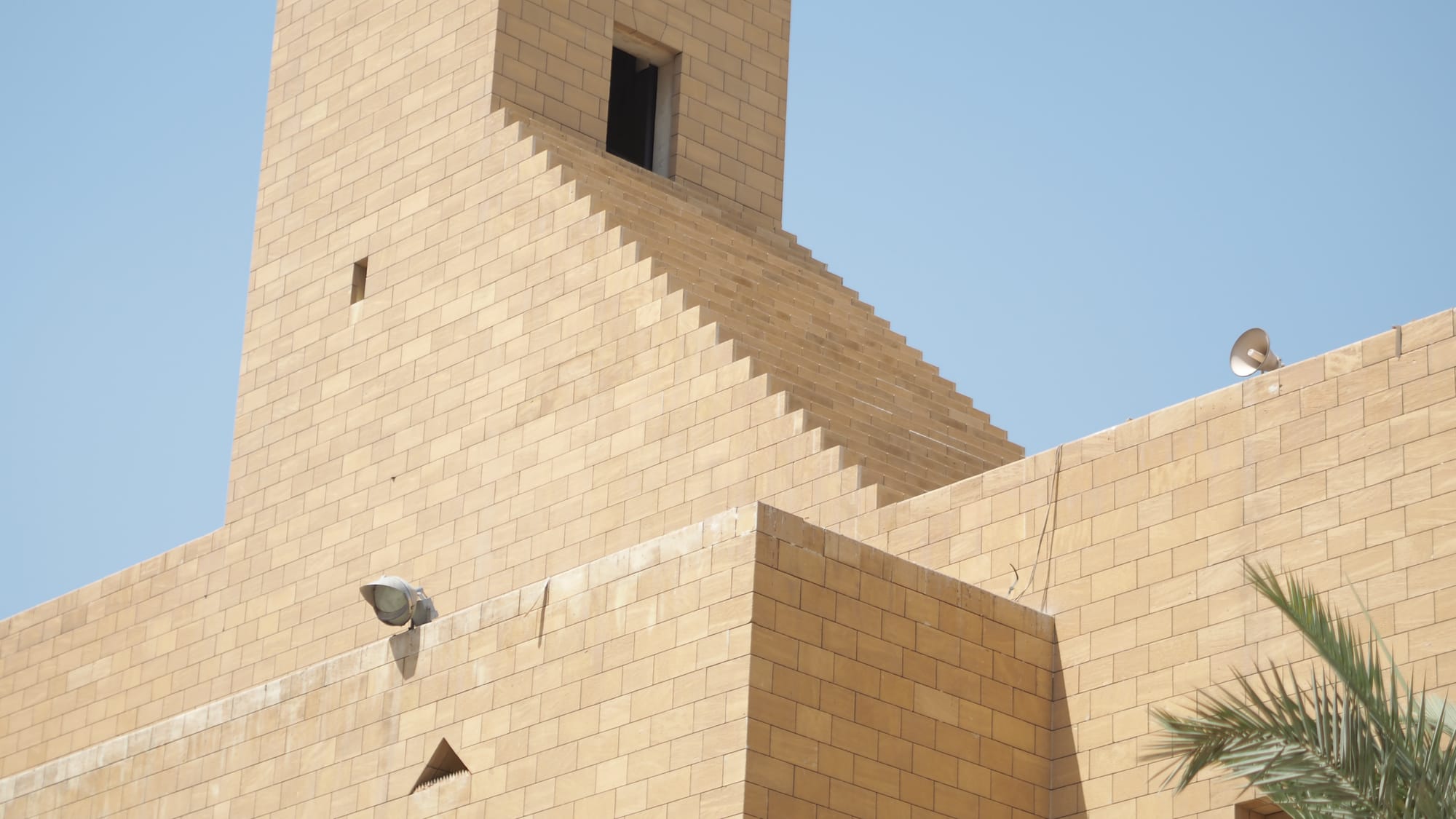
and, . . .
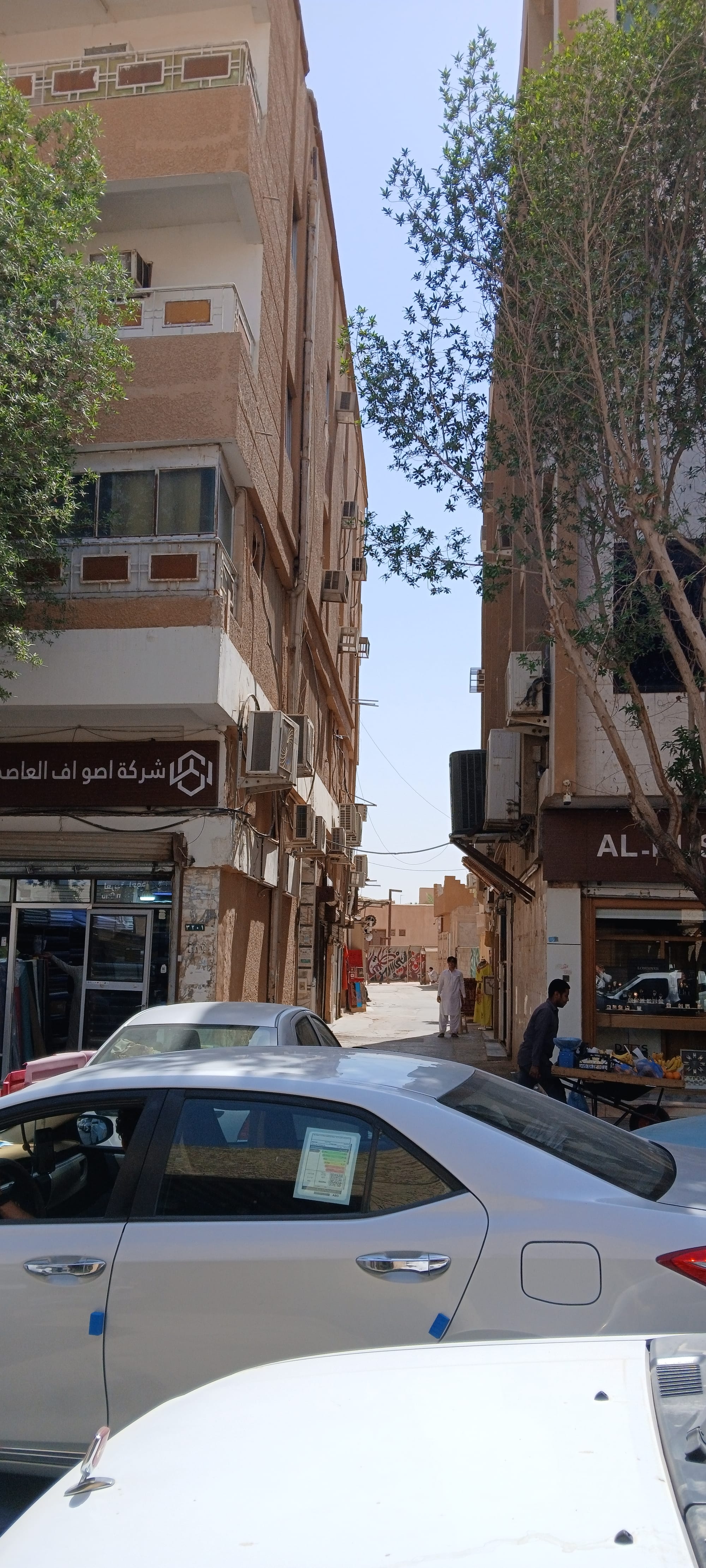
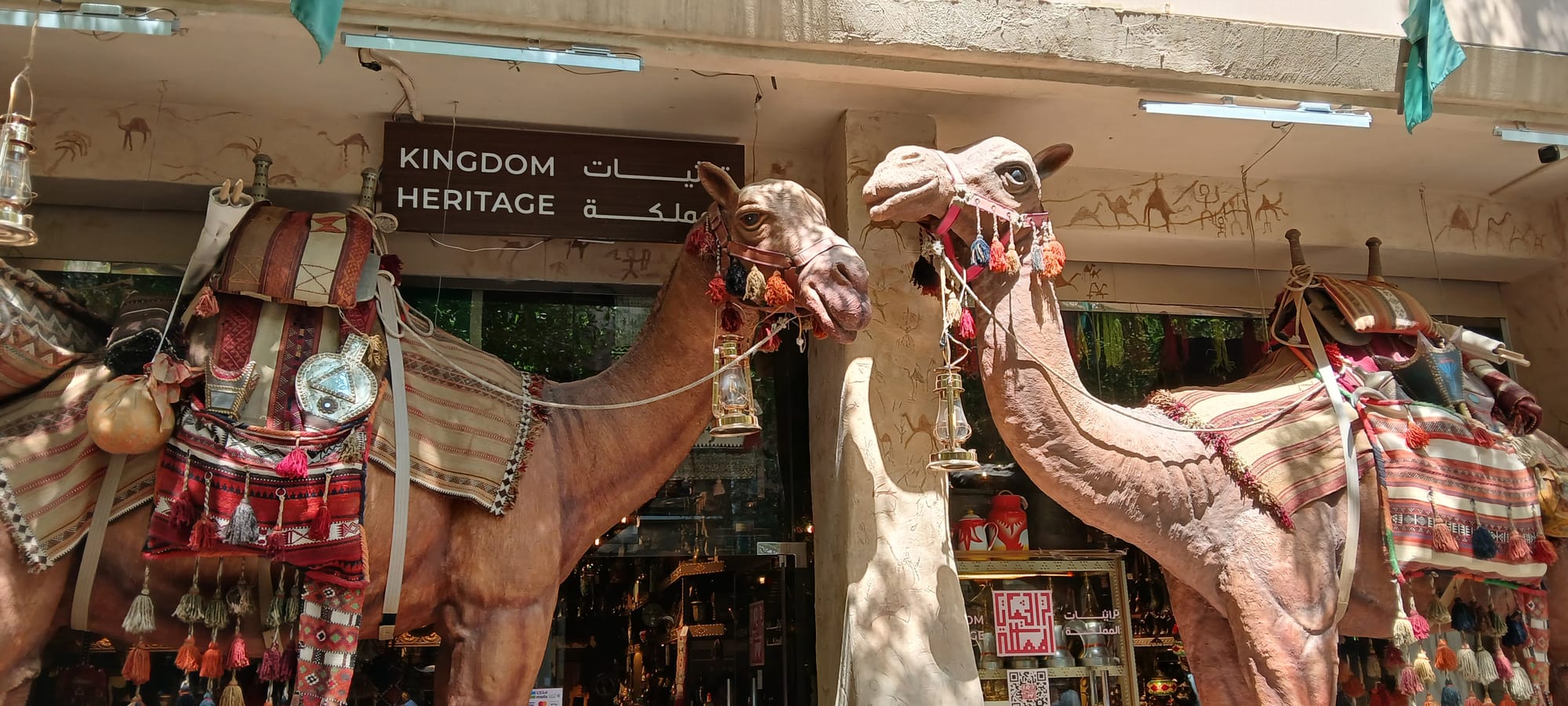
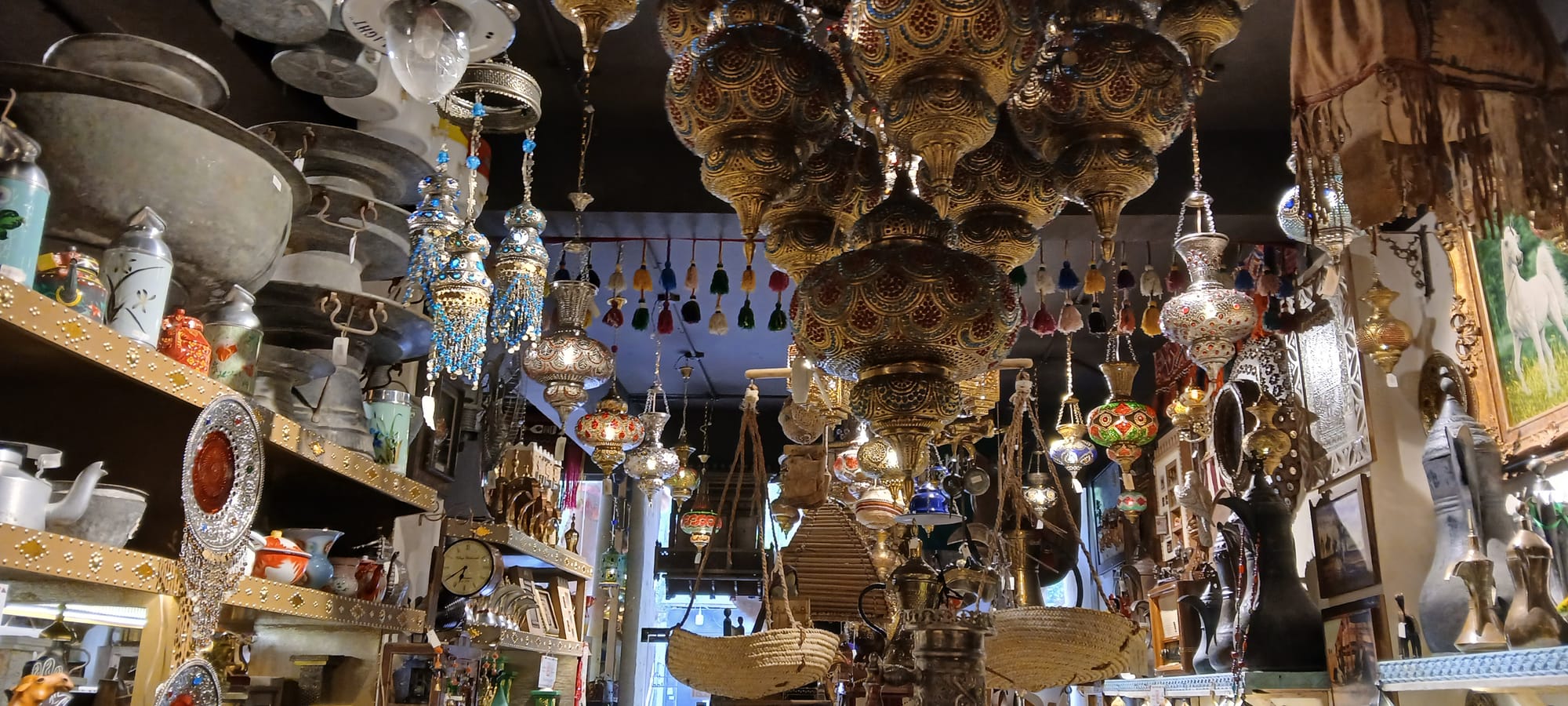
one layer of the city on another, here brushing the edges of Souq Al Zal:
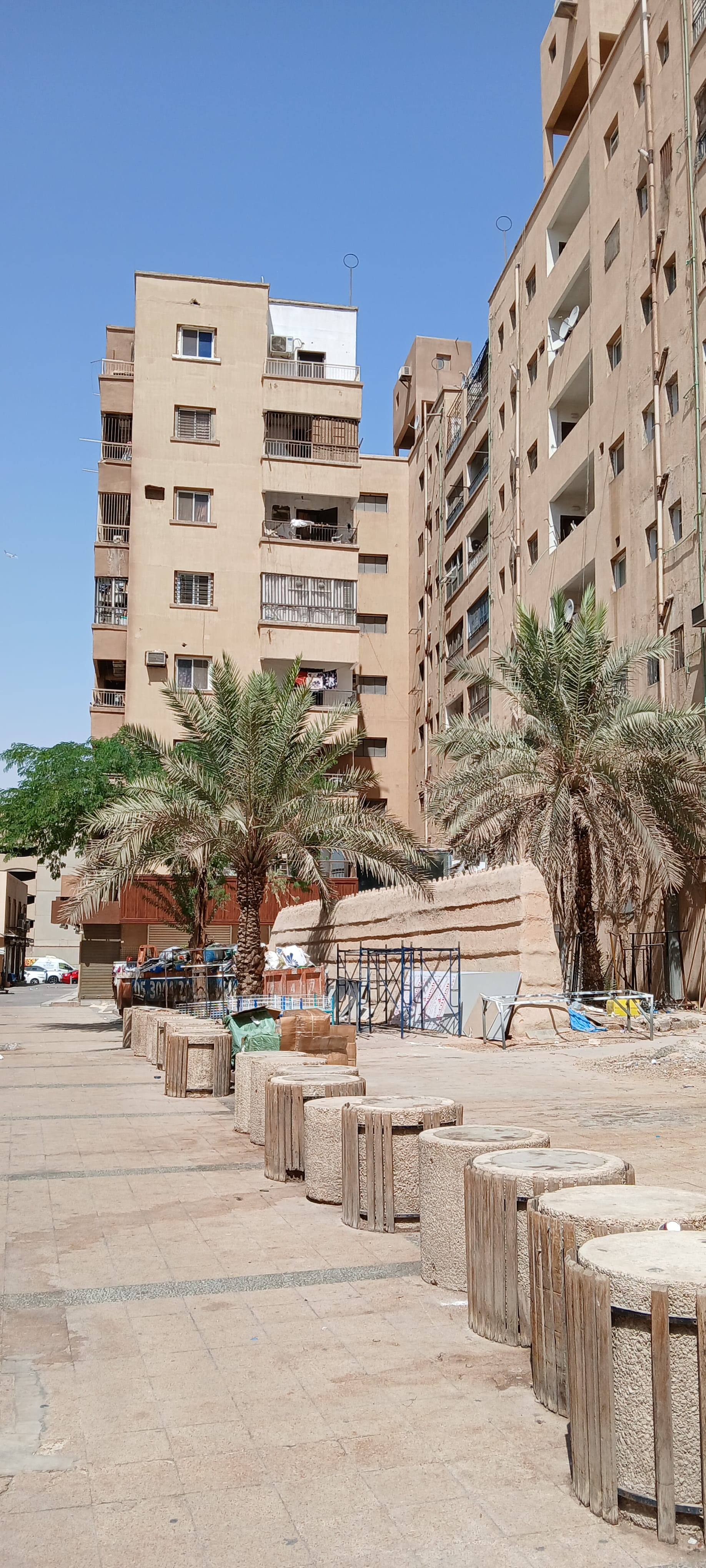
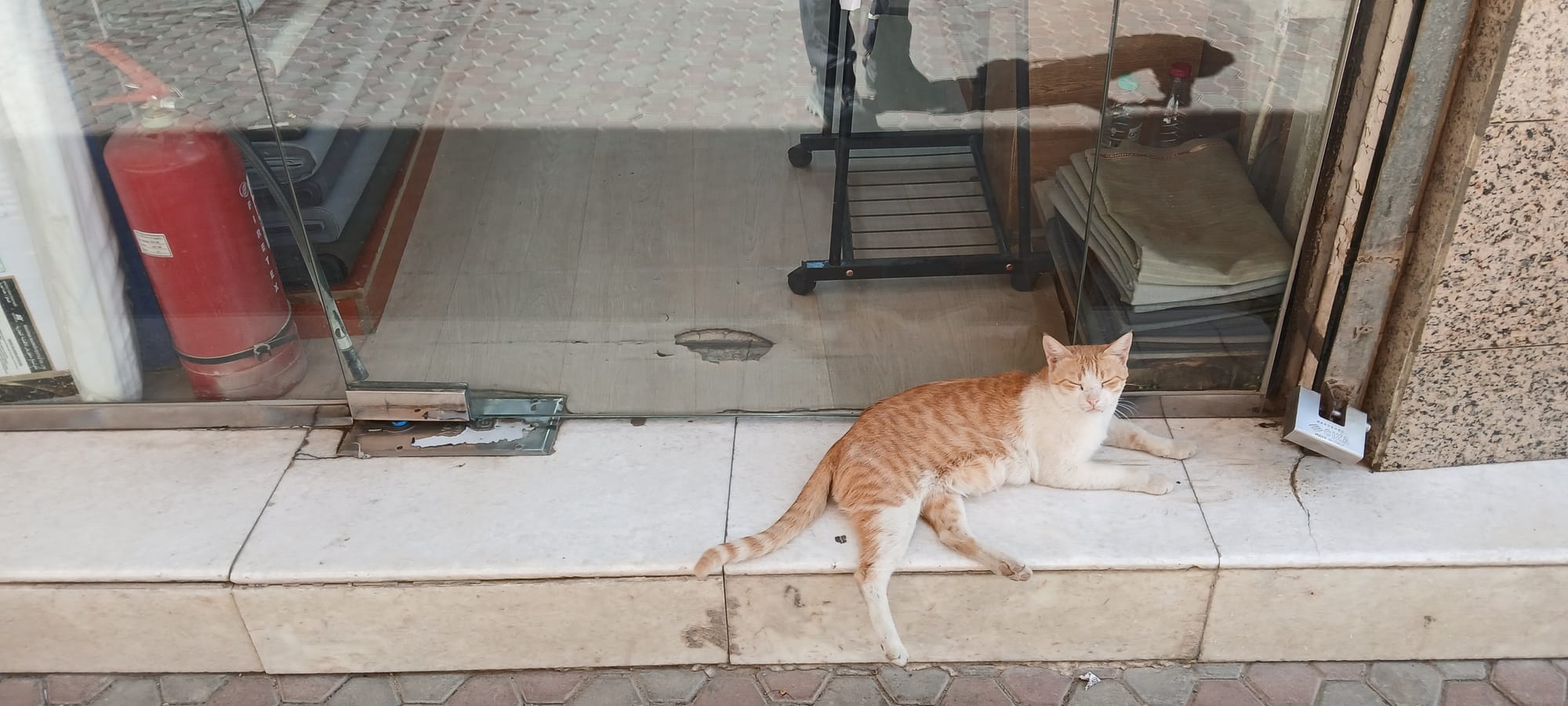
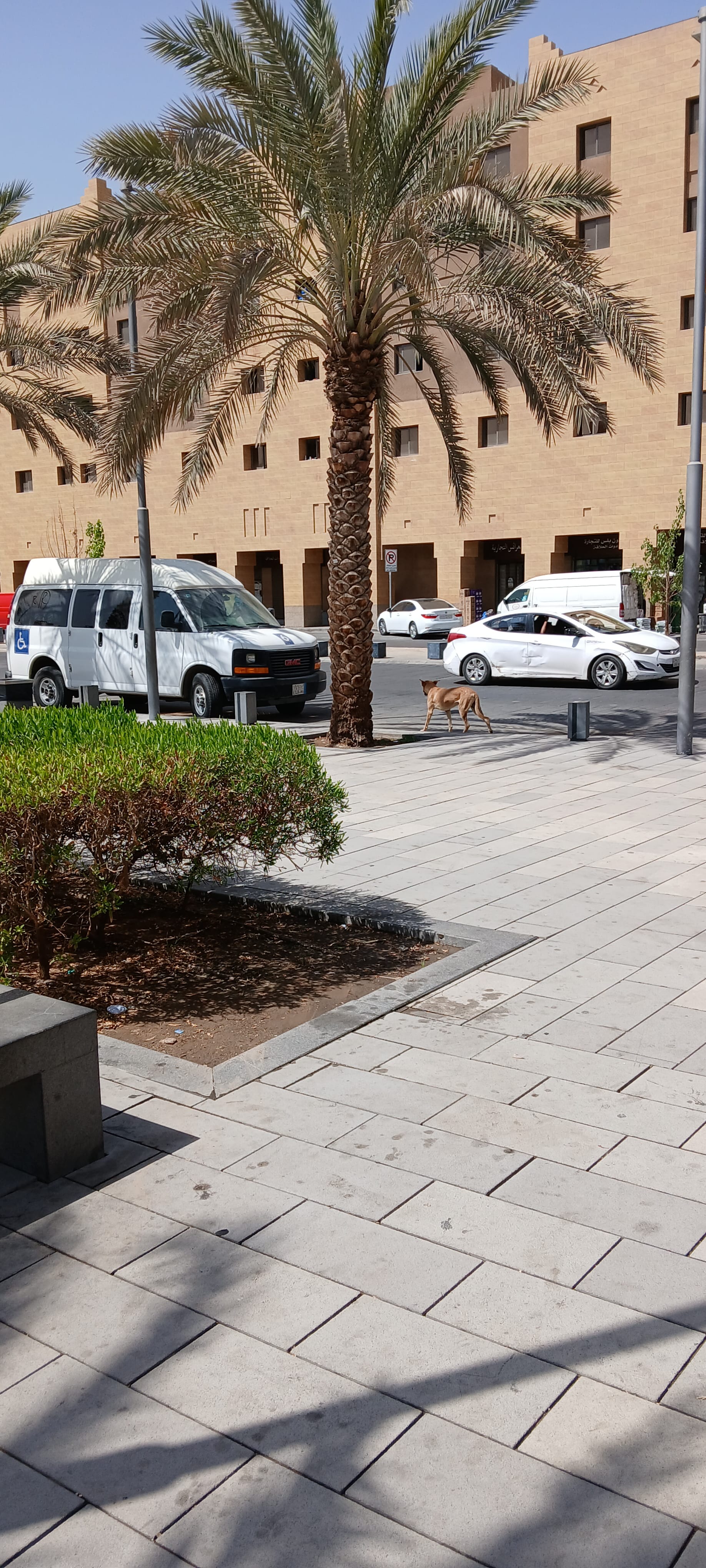
- the local wildlife
. . . beyond the lollipops. . .
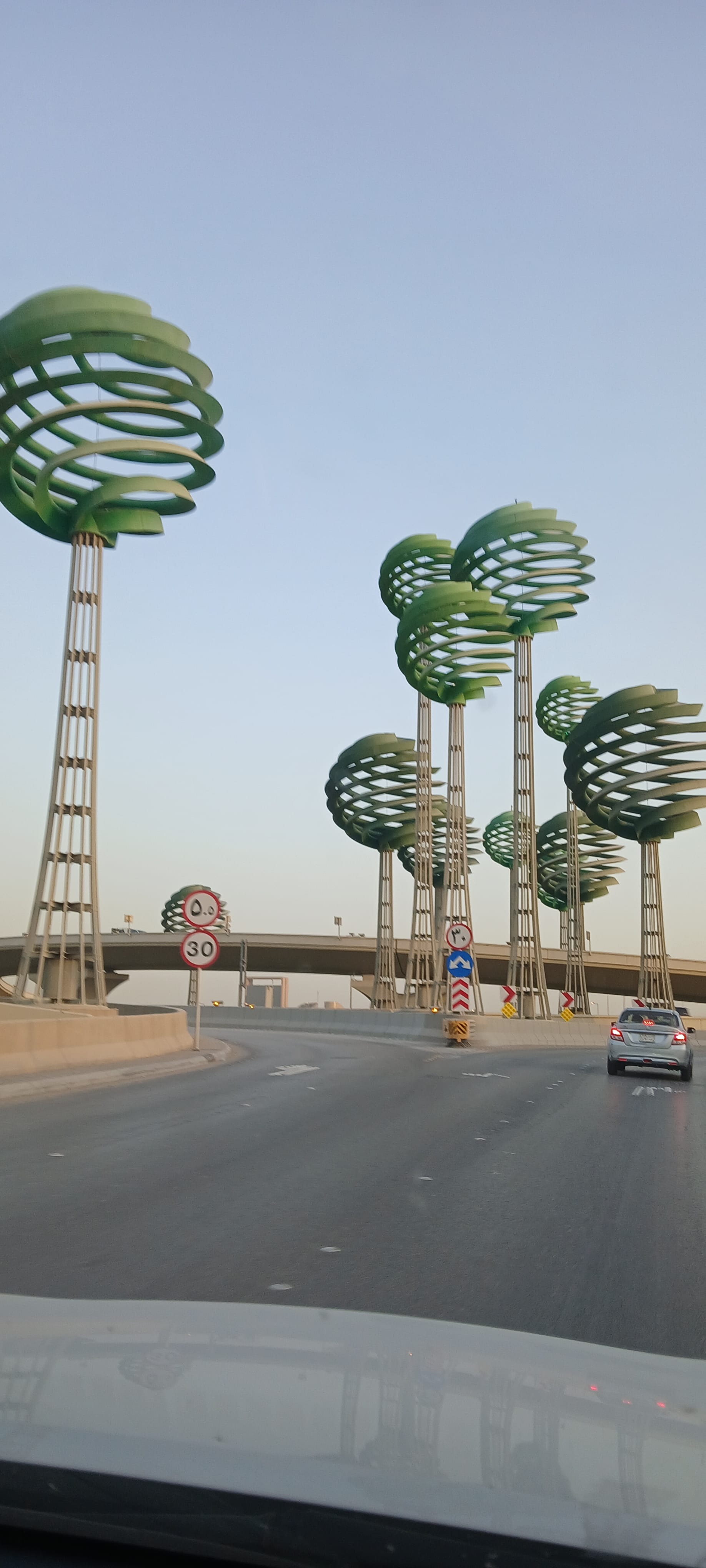
there was the great cycle-way of Diriyah, the old quarter we visited, here, where we rented bikes from one of many rental places, this one without an iota of cycle-engineering practical knowledge, surprised the wheels went 'round—and into. . .
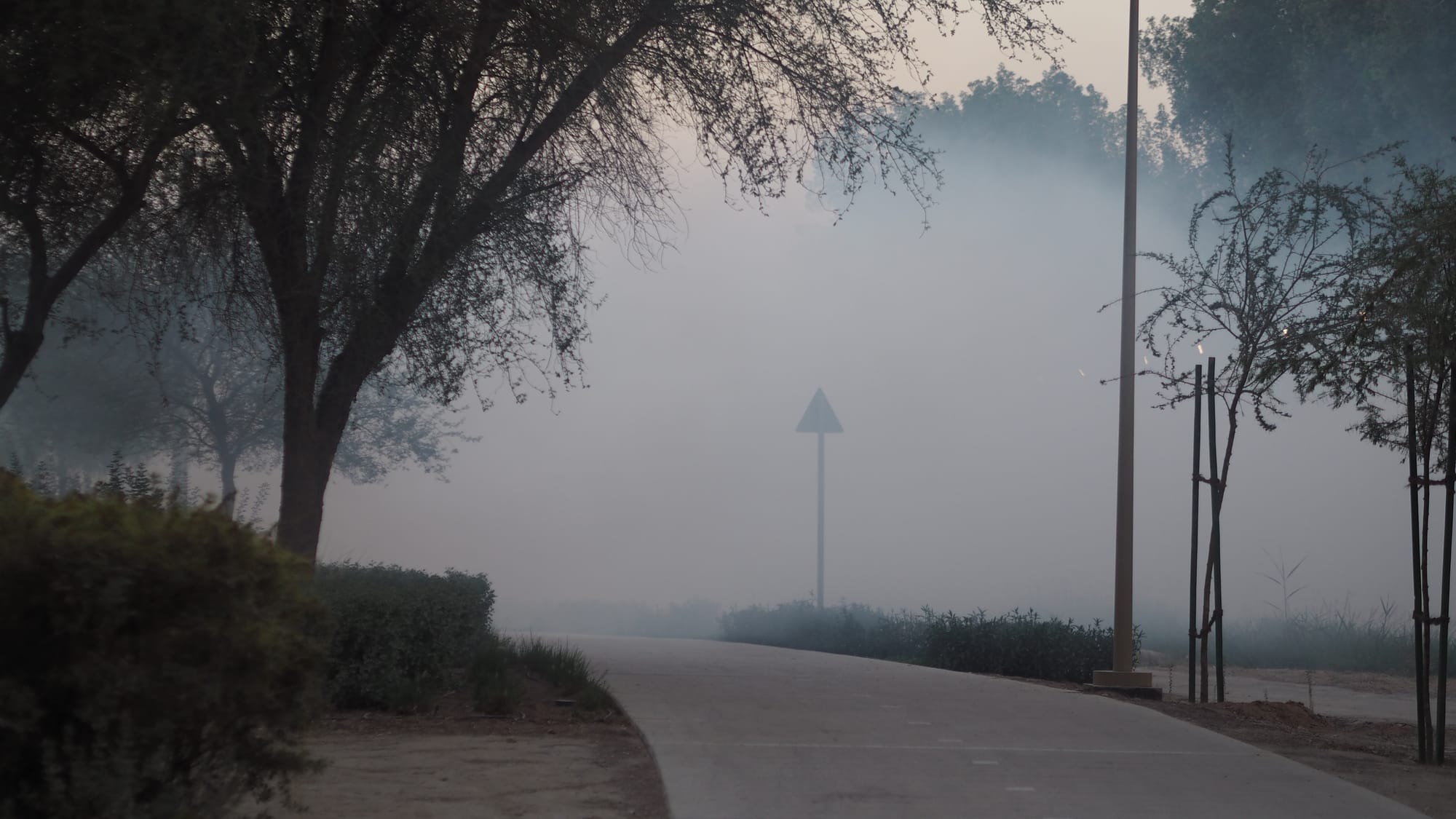
Hold your breath! said Jo.
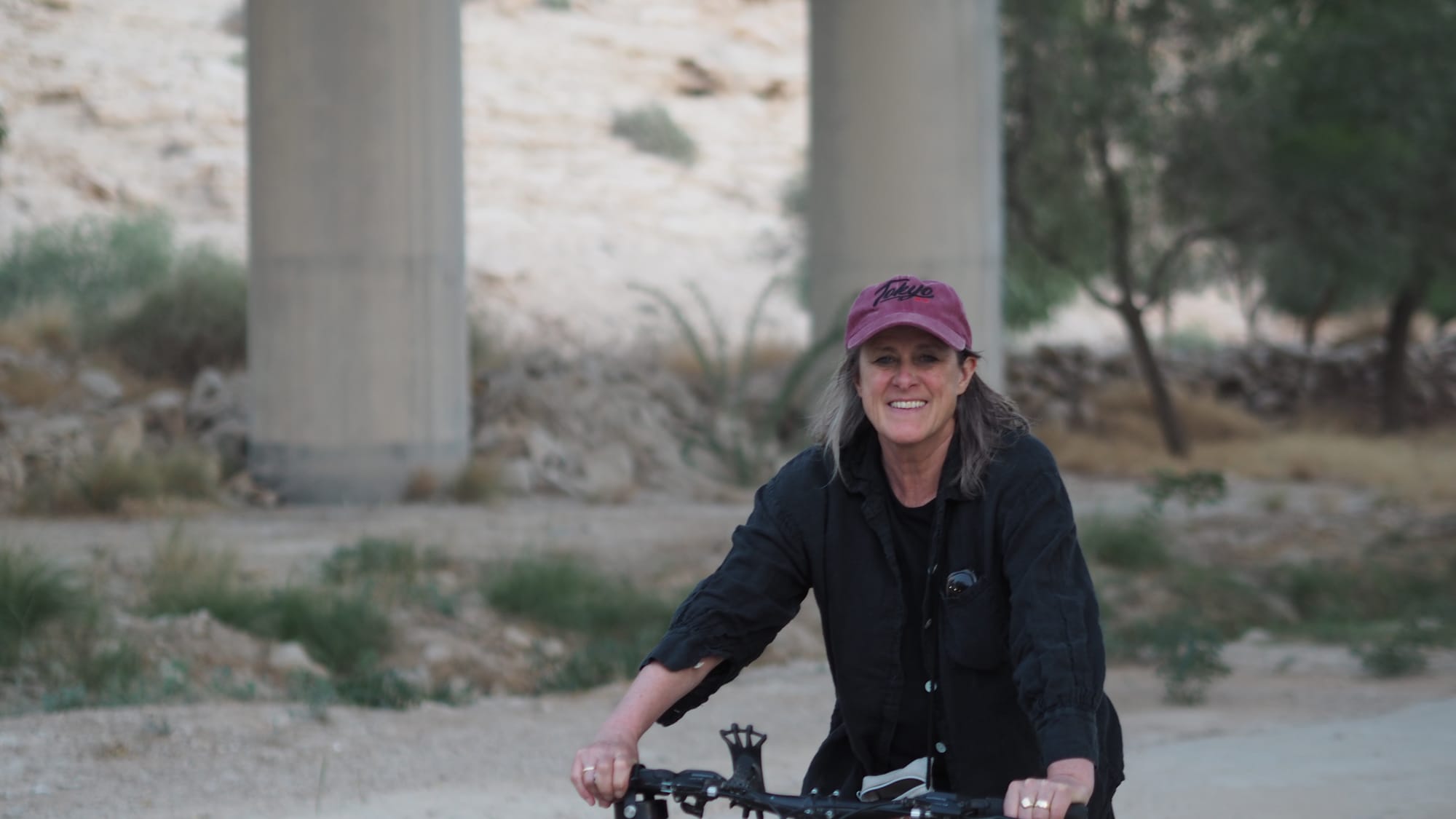
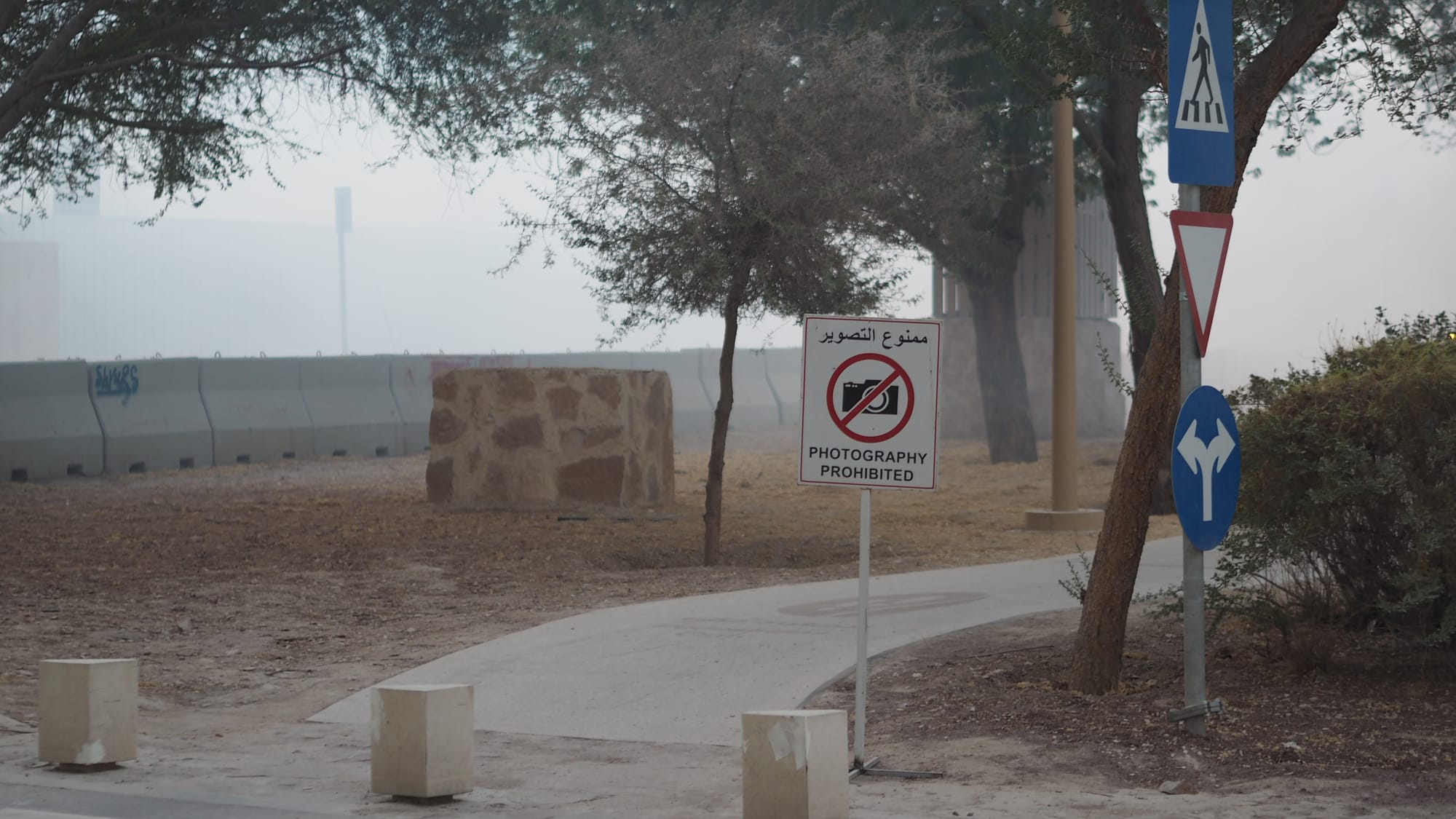
A common sign, prohibiting photography, why? . . . it's not smell-o-graphy or scentography (cf. the Madeleine project, with both a literary and NZ connection)!
. . . but there it is, the chemical drift from unknown source, toxicity and extent both also unknown. . . and for how long did one hold one's breath? . . . the other side was reached without collision with oncomings on foot or cycle, which, given density and opacity, if there had been people in there, we wouldn't have seen . . . The rest of the ride was accompanied by the smell of cats' spray, aka felinine, 2-amino-7-hydroxy-5, 5-dimethyl-4-thiaheptanoic acid, . . . but as the light fell and twinkly lights lit the path and the surrounding dirt banks, a shade called Diriyah Tan, I started to enjoy the ride, just as Jo, who had read my mounting dislike, ceased to. . . Peter Straub in his brilliant The Hellfire Club, 1996, has Nora think of Davey, he like most men was prey to emotions he could not identify. . .
I think often it is the case that I would not, not that I could not.
back in Diriyah, returning the bikes, after a satisfactory 23k or so. . .
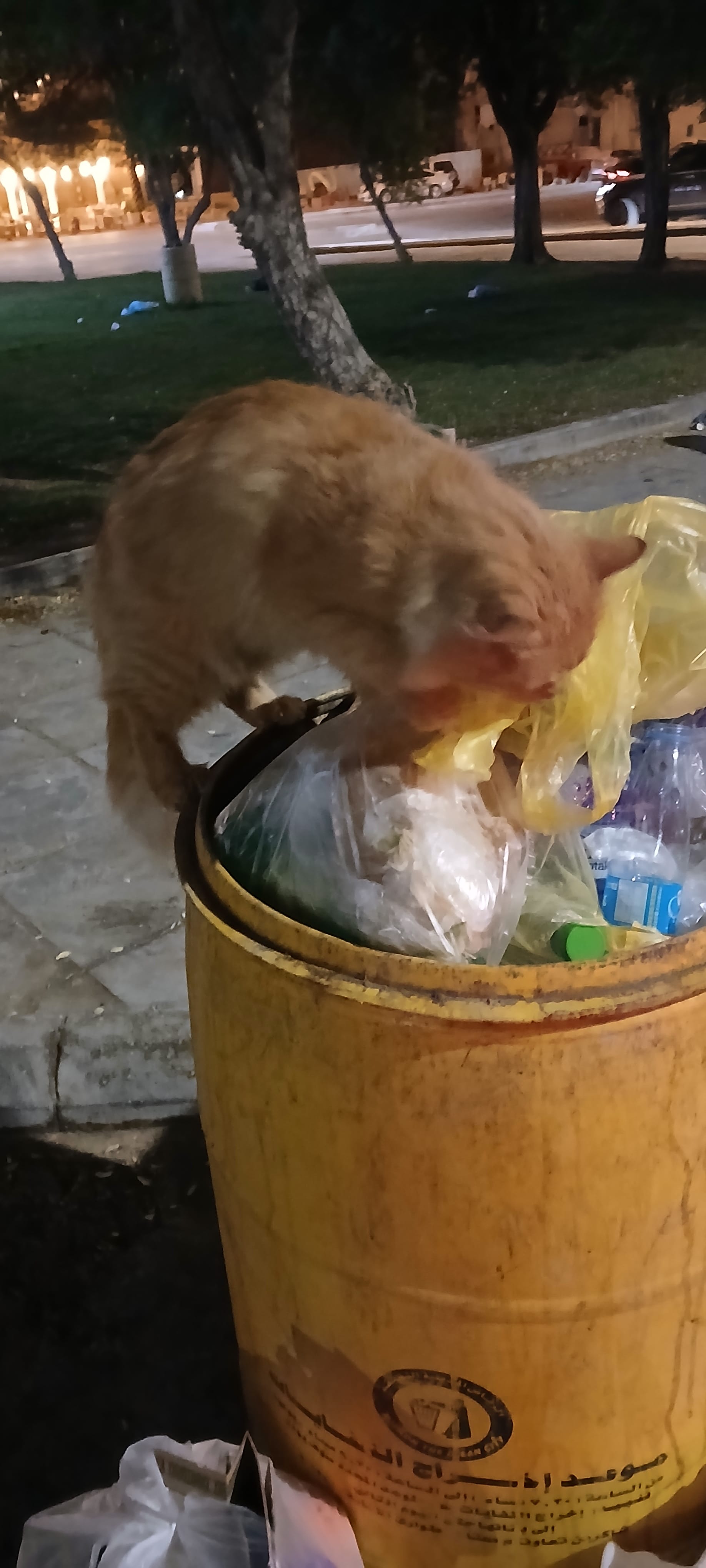
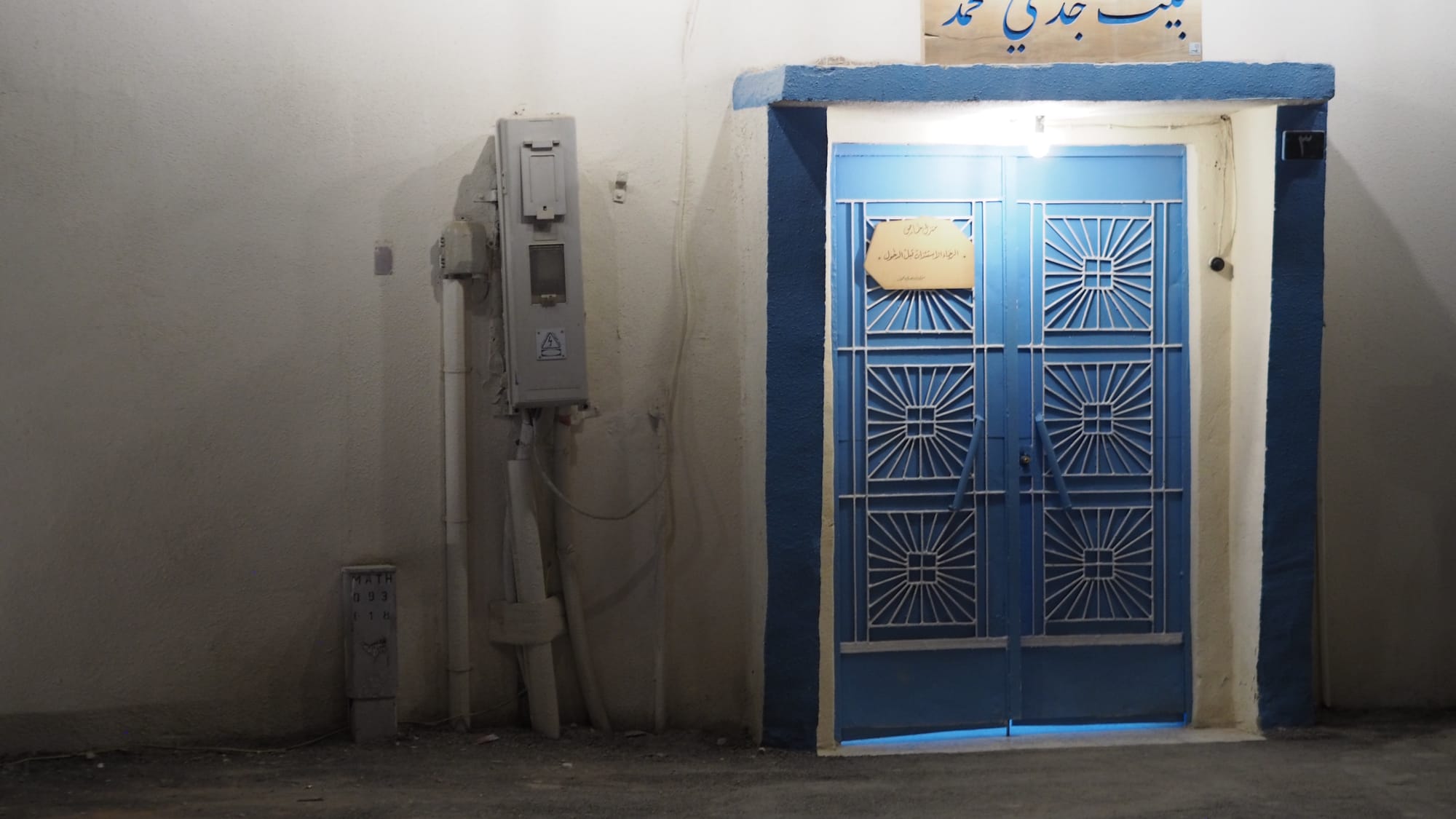
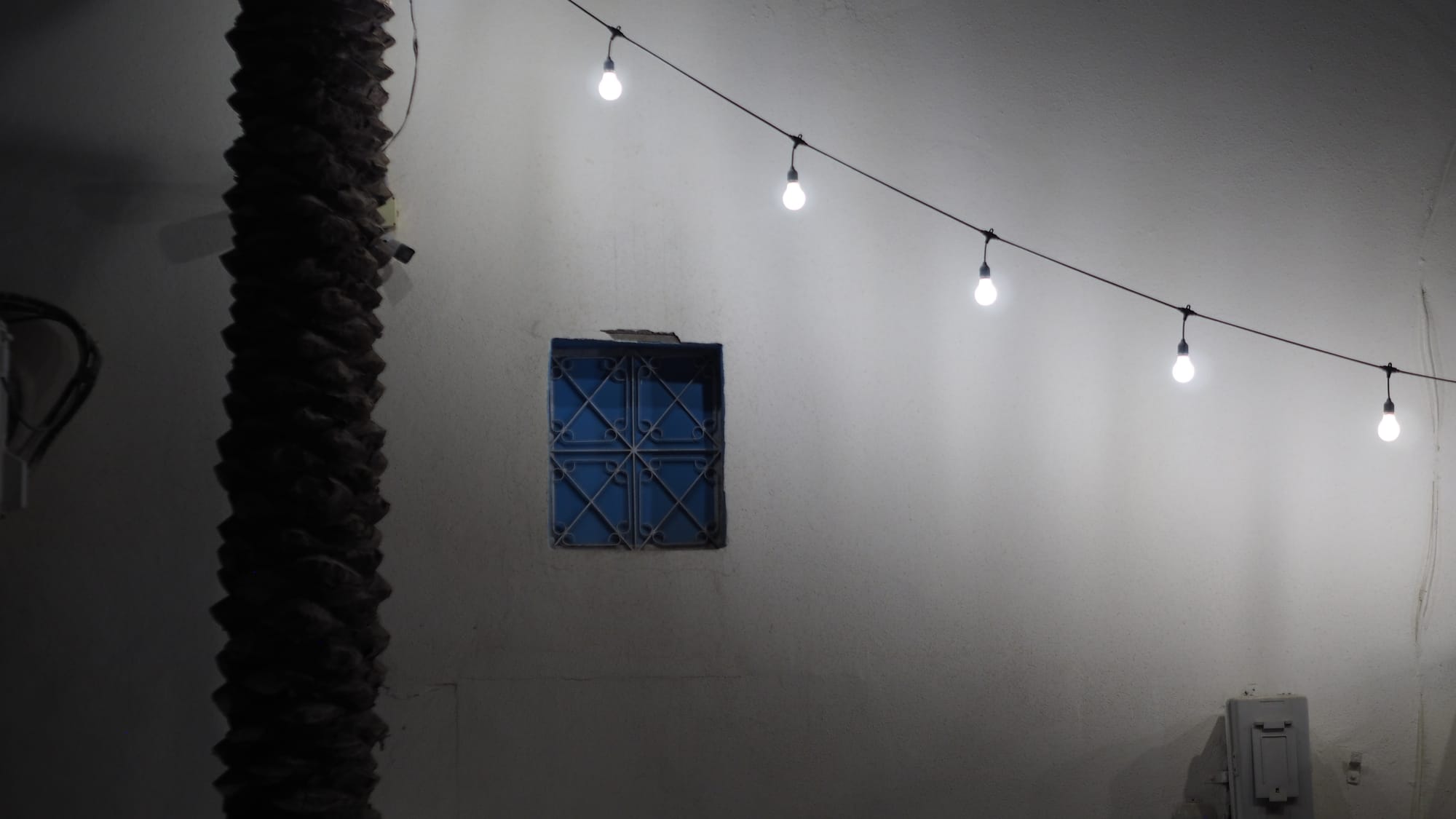
Or:
. . . lest you think this to identify, if I could or would, my current sentiment, I am more inclined to play Veloso's extraordinary album in exile and identify with its sentiment in New Zealand, where I have long felt an exile, than here.
love from Riyadh,
مع السلامة
Simon
